Contents
Kiln shell Corrosion Solution
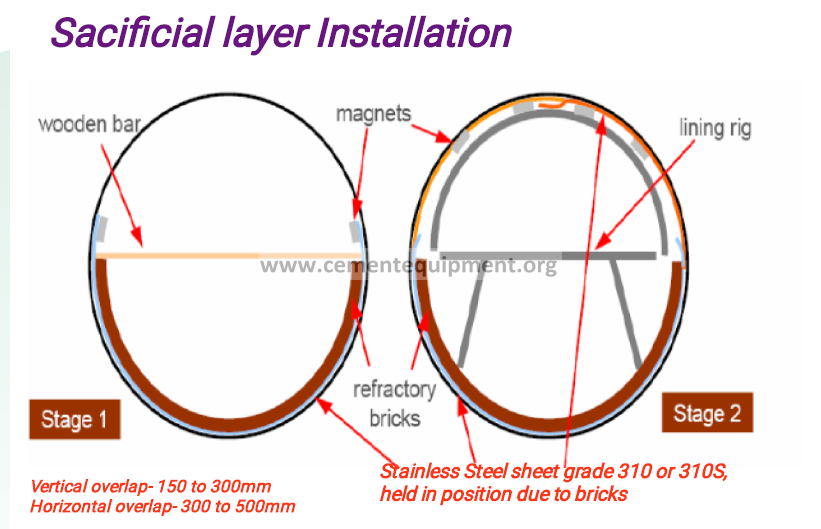
What is Kiln Shell Corrossion?
High temperature oxidation or reduction (scaling) of the kiln shell internal surface (surface just below refractory)
due to use of Alternative fuels and high alkali loads.
Sulphur oxides mostly released due to burning of AF infiltrate the porous structure of bricks to reach kiln shell
surface and propagating acidic reactions leading to corrossion. Additional Potassium Chloride salts which are
hygroscopic in nature are also deposited on the shell surface accelerating the erosion of the shell.
As a result at every campaign a reduced shell thickness is achieved, sometimes not even giving an opportunity to
plan shell replacement leading to emergency situation.
Corrosion of Cement kiln shell
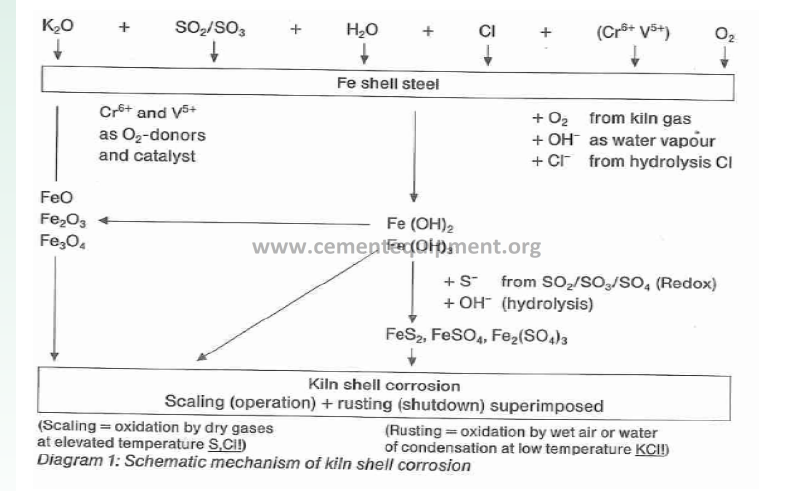
How to protect?
This is by way of creating barrier between refractory & kiln shell inside surface, change in refractory design (significant cost) or a system with chlorine by-pass (huge capital) and last but not least phospating.
The modern day barrier can be Chemical barrier i.e. Surface protection chemicals like ,KilnGard-600SCW(Nano Ceramic material), Ultracote 6317.
Installing a mechanical barrier (sacrificial layer)- installing a corrosion resistant material like stainless steel thin and ductile enough to be rolled in-between bricks and kiln shell.
What exactly is sacrificial layer?
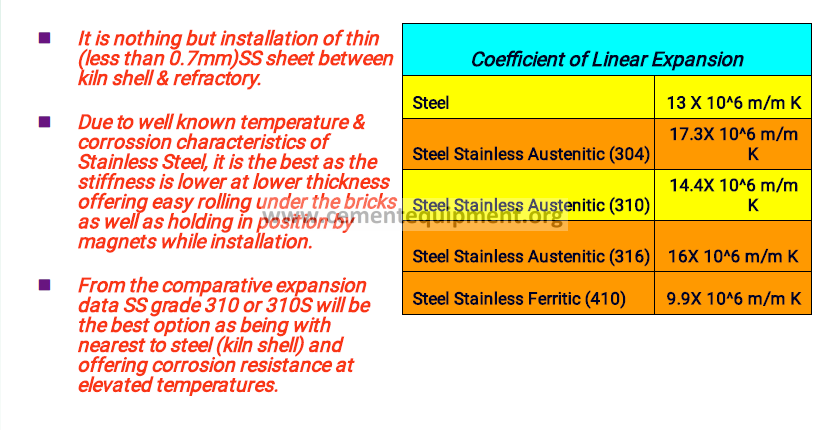
Why Sacrificial Layer as a better barrier?
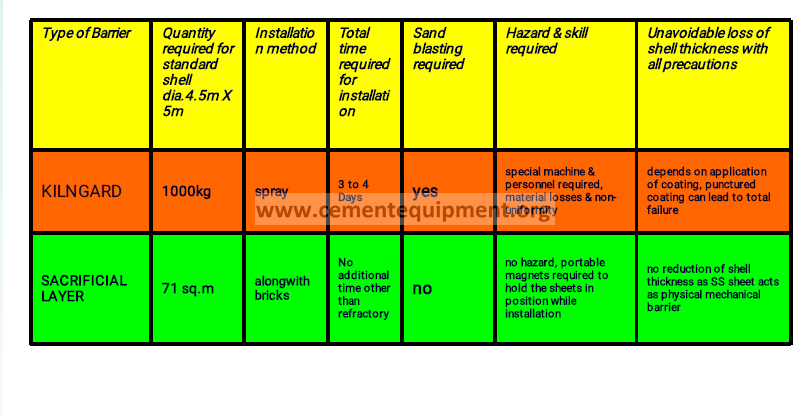
Sacrificial layer Sizing & handling
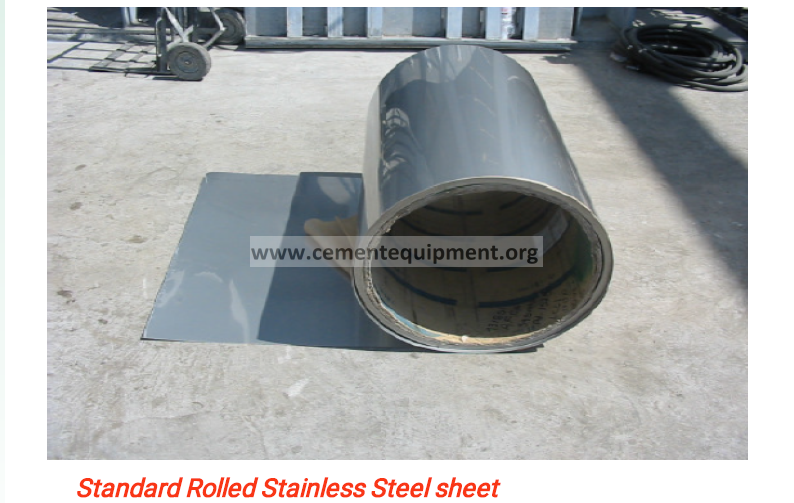
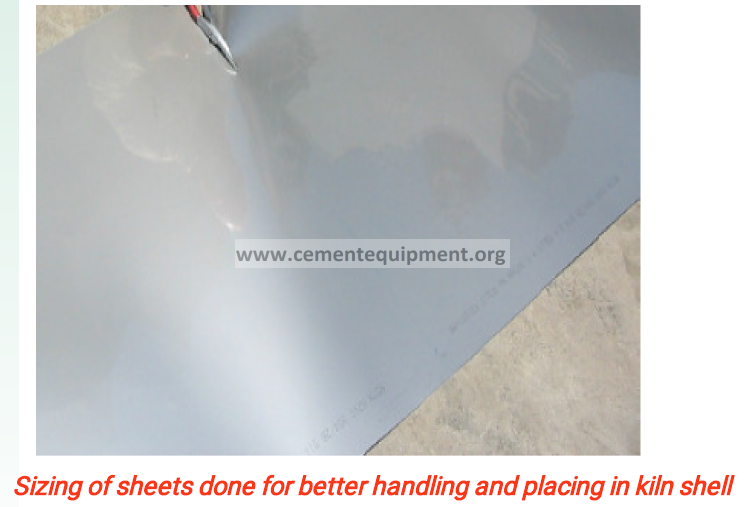
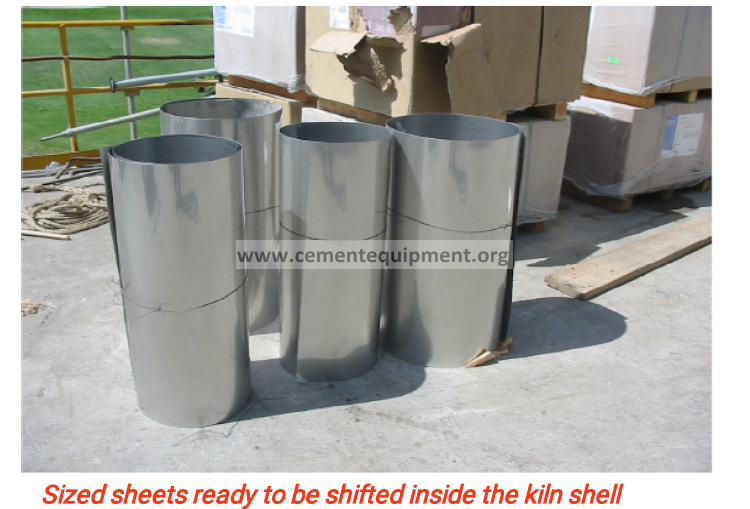
Sacrificial layer Installation
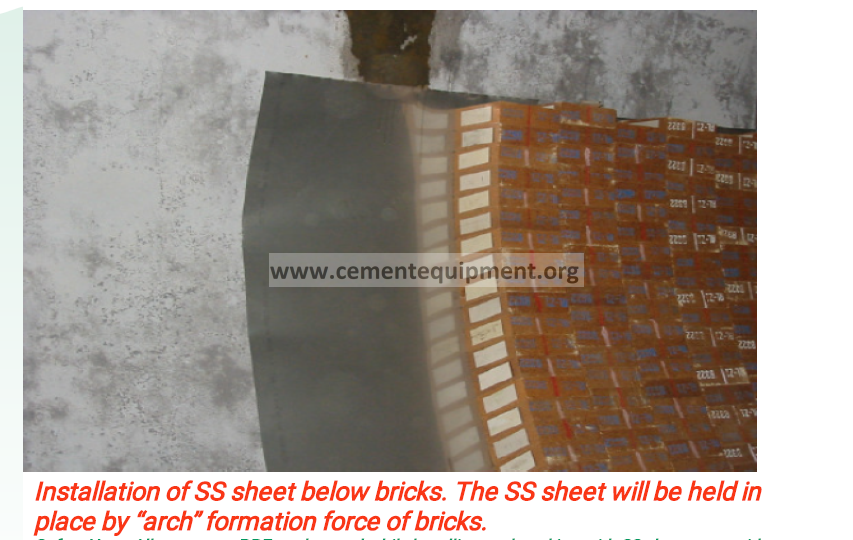

Shell Improvement after use of sacrificial layer.
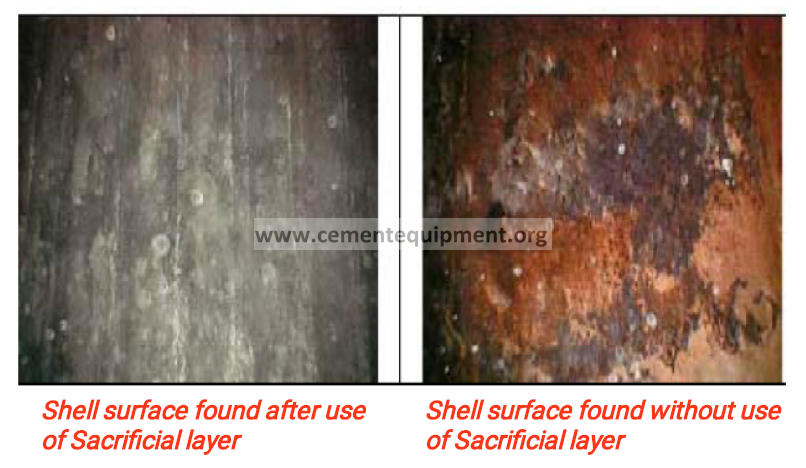
Conclusion
-Sacrifice layers are a very efficient and economic means to protect the kiln shell against corrosion by sulphur and chlorine
– Sacrifice layers are easy to install and show great mechanical stability
– Sacrifice layers are used successfully since 2001 in many Mexican cement rotary kilns
IF YOU need to install sacrifice Layer kindly write to our Engineers and we will do the job for you
sacrifice@cementEquipment.org
I want to be able to download this good cement reports